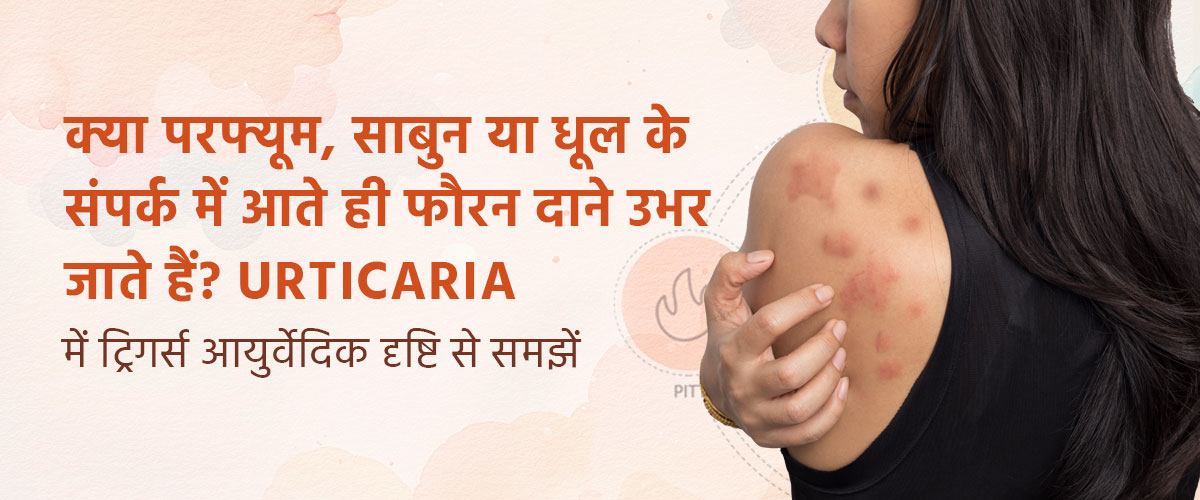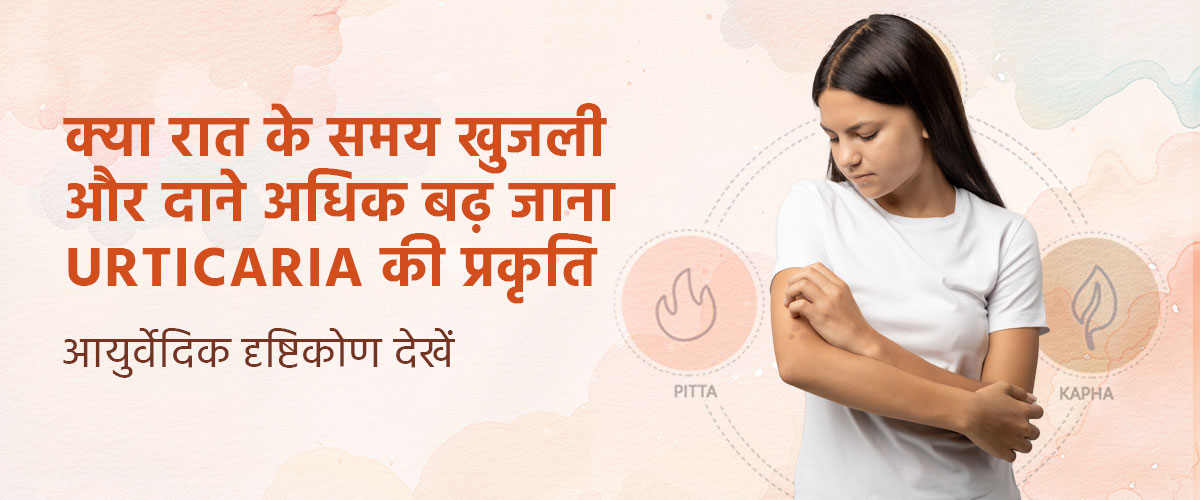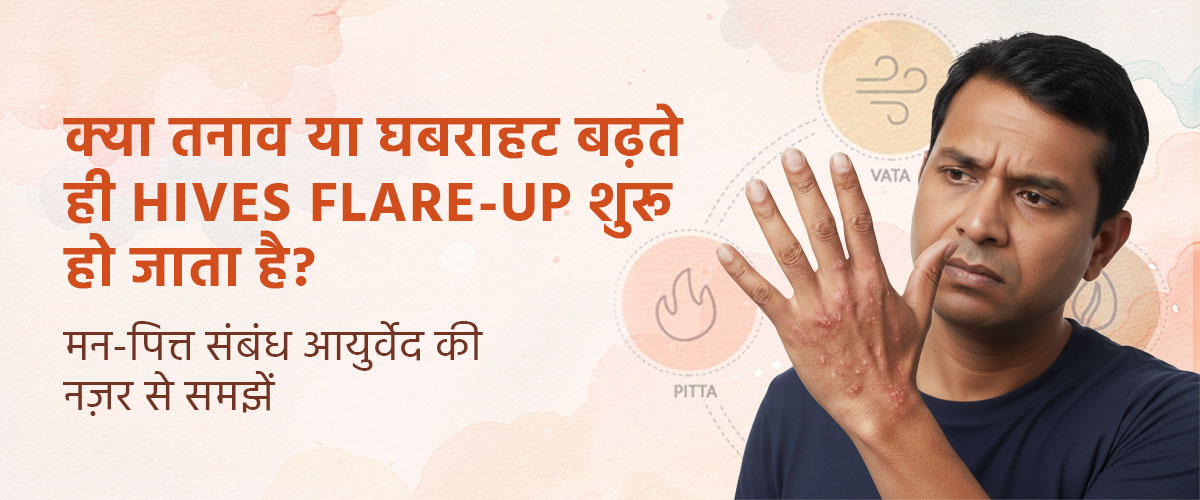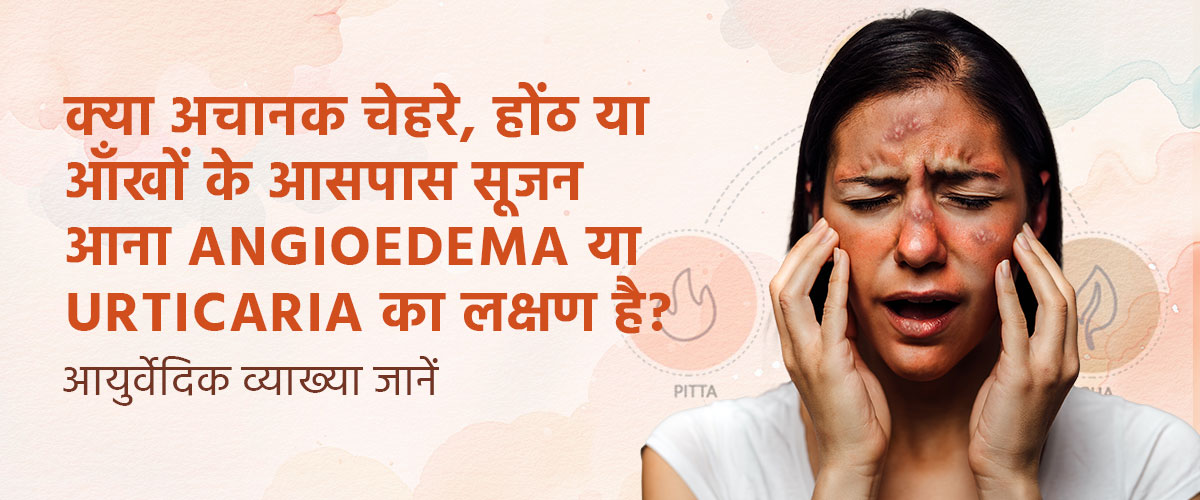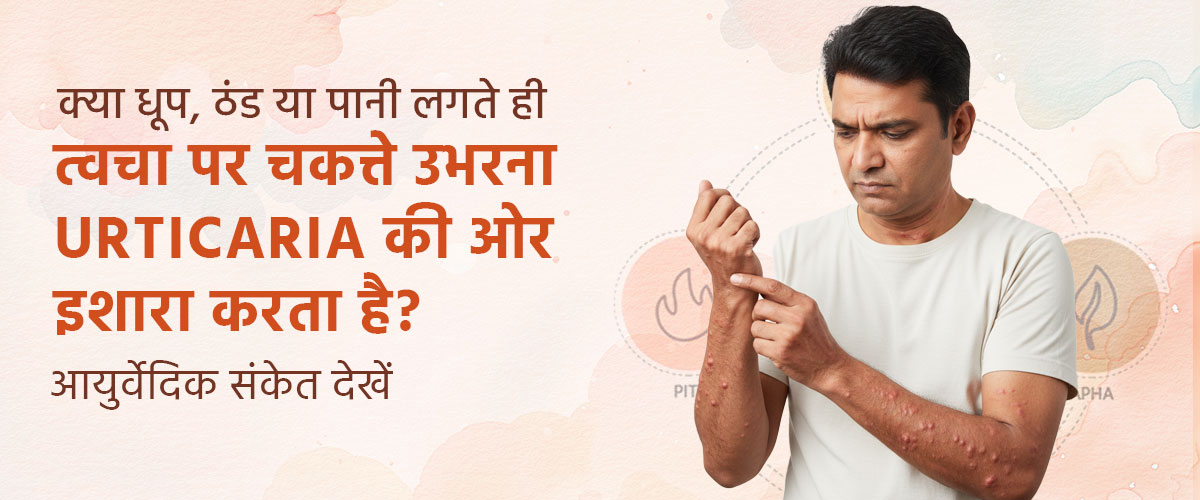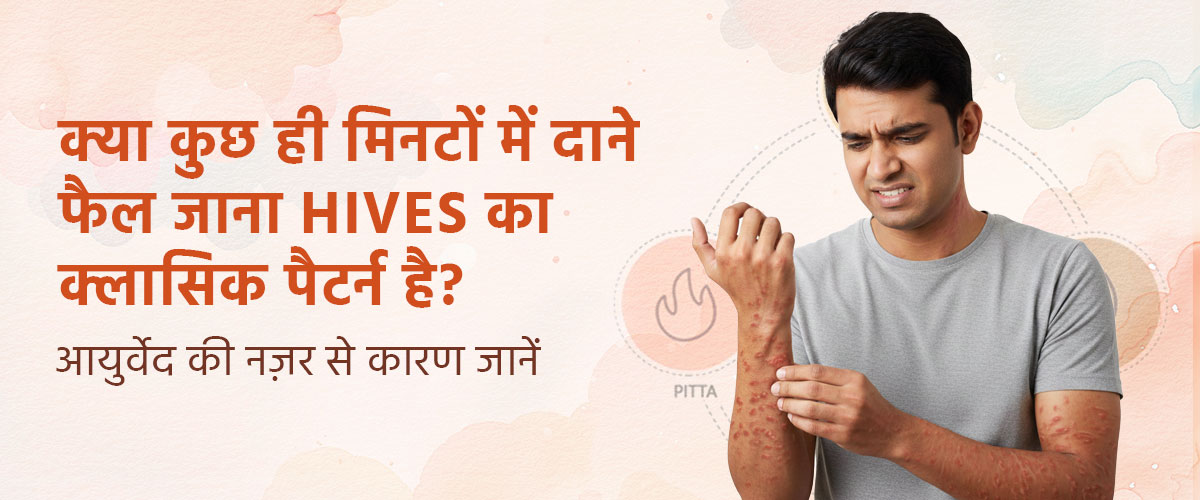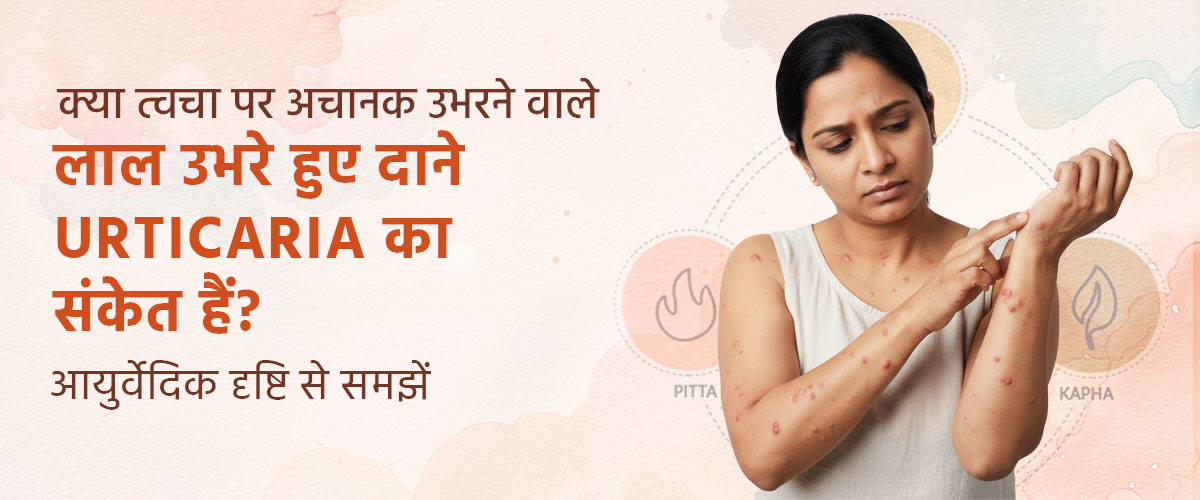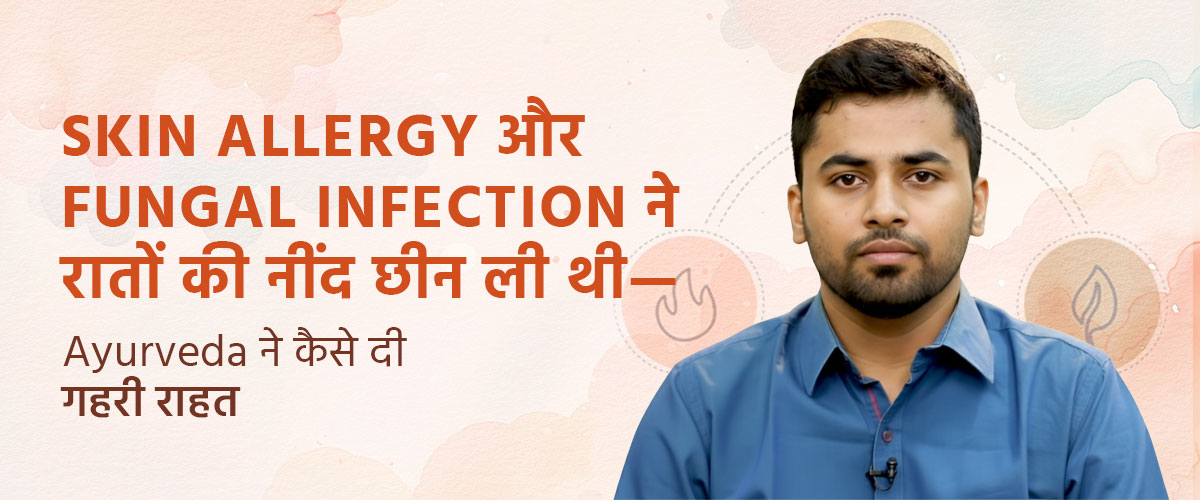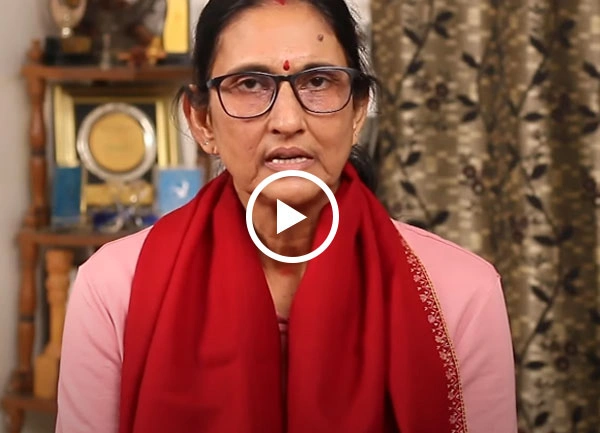Types of ringworm
Tinea barbae:
This form of ringworm is seen mostly on adult men who have beard. It is also commonly known as barber’s itch. The infections are usually spread at the barber’s shop especially in those places that do not maintain good hygiene. As a result of barber’s itch, growth of beard on the neck region decreases and a red circle appears.
Tinea capitis:
Tinea capitis is more common among children and is spread from one children to another in schools. This may create bald patches on the scalp of the child.
Tinea cruris:
This type of ringworm is commonly known as Jock’s Itch and happens when sweaty undergarments are kept on for longer periods of time. This was more common among sportsmen and so the name Jock’s itch caught on. Tinea cruris can happen to anyone.
Tinea pedis:
The infection commonly known as athlete’s feet is clinically known as tinea cruris. People who walk barefoot most of the time, especially in wet areas are very prone to this type of infection. Women are common sufferers of tinea cruris.
Symptoms of Ringworm
-
Circular, red infections with tiny raised bumps surrounding the periphery of the infection.
-
Redness and itching within the ring-like structure and secretion of puss.
Tips to prevent ringworm:
-
Avoid keeping wet or sweaty clothes on for longer periods of time.
-
Do not share personal effects or toiletries with others.
-
Do not itch or scratch the affected area.
Home remedies to for relief in ringworm
Garlic:
Garlic is a rich source of sulphur which is antifungal and prevents the growth of the fungi that causes ringworm. Crush a few buds of garlic and apply the paste on the affected area.
Cassia tora:
Known as Chakramarda in Ayurveda, this herb is also very beneficial in treating itches. Crush the herb well and mix with a little yogurt or lime juice and apply on the affected area for relief.
Coconut oil:
Apply a little coconut oil on the affected area. You may slightly warm the oil by placing it under the sun for 10-15 minutes.
Raw papaya:
Apply a piece of raw papaya on the affected area for 10-15 minutes and wash off with lukewarm water.
Aloe vera:
Crush a leaf of fresh aloe vera and apply the gel on the affected area. You can keep the gel on your skin until you take a bath and then reapply.
Basil leaves:
The holy basil has been found effective in relieving the itching and infection caused ringworm.
Turmeric:
Turmeric has multiple anti-bacterial and anti-fungal properties which helps in relieving itches and treats ringworm infections.
Note:
In addition to applying the above home remedies, please make sure to consult with a doctor for proper treatment of ringworm.




